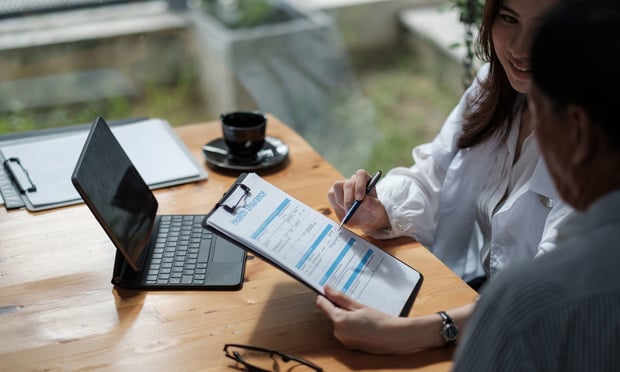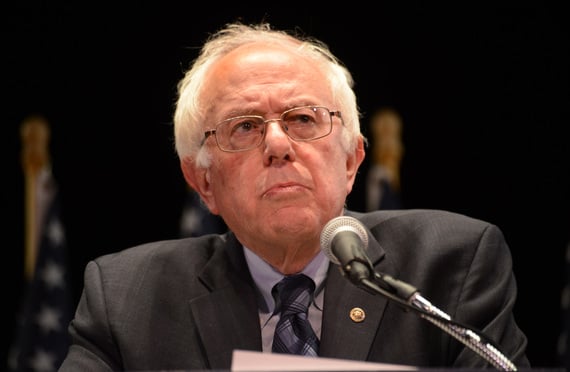For those lying awake at night worried about health care, the economy, and an overall feeling of dividebetween you and your neighbors, there’s at least one source ofcomfort: Your neighbors might very well be lying awake, too.
|Almost two-thirds of Americans, or 63 percent,report being stressed about the future of the nation,according to the American Psychological Association’s EleventhStress in America survey, conducted in August and released onWednesday. This worry about thefate of the union tops longstanding stressors such as money (62percent) and work (61 percent) and also cuts across politicalproclivities. However, a significantly larger proportion ofDemocrats (73 percent) reported feeling stress than independents(59 percent) and Republicans (56 percent).
|The “current social divisiveness” in America was reported by 59percent of those surveyed as a cause of their own malaise. When theAPA surveyed Americans a year ago, 52 percent said they werestressed by the presidential campaign. Since then,anxieties have only grown.
|A majority of the more than 3,400 Americans polled, 59 percent,said “they consider this to to be the lowest point in our nation’shistory that they can remember.” That sentiment spannedgenerations, including those that lived through World War II, theVietnam War, and the terrorist attacks of Sept. 11. (Some 30percent of people polled cited terrorism as a source of concern, anumber that’s likely to rise given the alleged terrorist attack inNew York City on Tuesday.)
|“We have a picture that says people are concerned,”said Arthur Evans, APA’s chief executive officer. “Any onedata point may not not be so important, but taken together, itstarts to paint a picture.”
|The survey didn’t ask respondents specifically about theadministration of President Donald Trump, Evans said. He points tothe “acrimony in the public discourse” and “the general feelingthat we are divided as a country” as being more important than anyparticular person or political party.
|Yet he and the study note that particular policy issues area major source of anxiety. Some 43 percent of respondentssaid health care was a cause. The economy (35 percent) andtrust in government (32 percent) also ranked highly, as did hatecrimes (31 percent) and crime in general (31 percent).
|
“Policymakers need to understand that this is an issue that isimportant to people, that the uncertainty is having an impact onstress levels, and that stress has an impact on health status,”Evans said, pointing out that the relationship between stress andhealth is well-established.
|And keeping up with the latest developments is a source of worryall its own. Most Americans—56 percent—said they want to stayinformed, but the news causes them stress. (Yet even more, 72percent, said “the media blows things out of proportion.”)
|The APA survey did find, however, that not everyone is feelingthe same degree of anxiety. Women normally reporthigher levels of stress than men, though worries amongboth genders tend to rise or fall in tandem. This year, however,they diverged: On a 10-point scale, women reported a slightincrease in stress, rising from an average 5.0 in 2016 to 5.1in 2017, while the level for men dropped, from anaverage 4.6 to 4.4.
|Racial divides also exist in reported stress. While the levelsamong blacks and Hispanics were lower in 2016 than the year before,they rose for both groups in 2017, to 5.2 for Hispanic adultsand 5.0 for black adults. Among whites, meanwhile, the averageremained the same, at 4.7.

The report also notes that many Americans are finding at leastone healthy way to feel better: 53 percent reported exercising ordoing other physical activity to cope. Social support is alsoimportant, Evans said. “Third,” he says, “I think it’s reallyimportant for people to disconnect from the constant barrage ofinformation.”
The 2017 Stress in America survey was conducted by theHarris Poll on behalf of the APA. It was conducted online betweenAug. 2 and Aug. 31, and had 3,440 participants, all ages 18 and upliving in the U.S. It included 1,376 men, 2,047 women, 1,088whites, 810 Hispanics, 808 blacks, 506 Asians and 206 NativeAmericans. Data were then weighted by age, gender, race/ethnicity,region, education and household income to reflect America'sdemographics accurately. Interviews were conducted in English andSpanish.
Copyright 2018 Bloomberg. All rightsreserved. This material may not be published, broadcast, rewritten,or redistributed.
Complete your profile to continue reading and get FREE access to BenefitsPRO, part of your ALM digital membership.
Your access to unlimited BenefitsPRO content isn’t changing.
Once you are an ALM digital member, you’ll receive:
- Critical BenefitsPRO information including cutting edge post-reform success strategies, access to educational webcasts and videos, resources from industry leaders, and informative Newsletters.
- Exclusive discounts on ALM, BenefitsPRO magazine and BenefitsPRO.com events
- Access to other award-winning ALM websites including ThinkAdvisor.com and Law.com
Already have an account? Sign In
© 2024 ALM Global, LLC, All Rights Reserved. Request academic re-use from www.copyright.com. All other uses, submit a request to [email protected]. For more information visit Asset & Logo Licensing.








